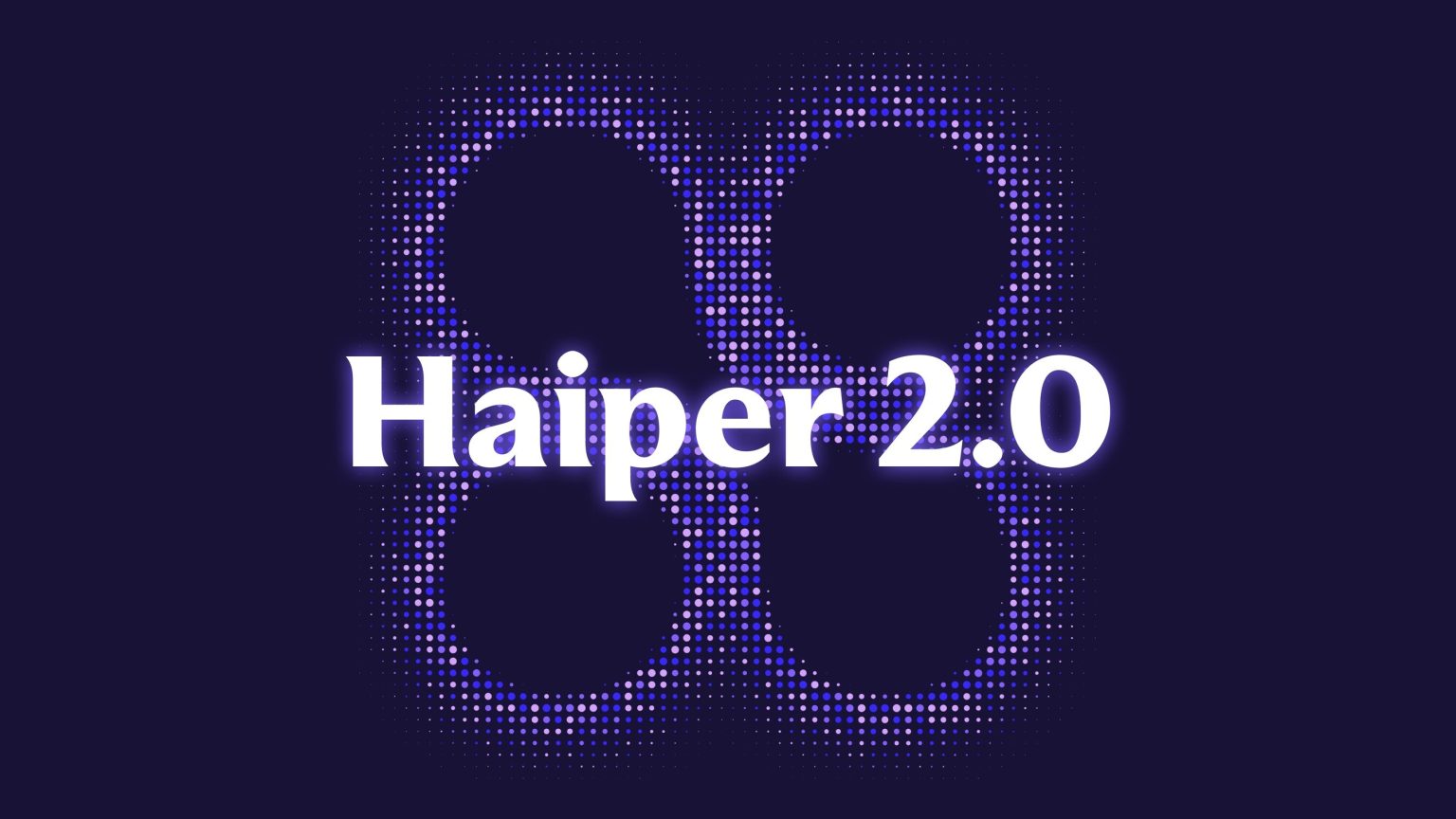Haiper, an AI-driven platform specialising in visual content creation, has unveiled its latest model, Haiper 2.0, designed to significantly raise the bar for AI-generated video and image quality. The new model, announced this week, introduces hyper-realistic outputs produced at record speed, aiming to redefine standards for both professional creators and casual users.
Haiper 2.0 integrates advanced transformer-based technology with the latest in diffusion techniques to enhance video realism and coherence. According to Haiper, the upgraded model will not only reduce rendering time but also improve video quality to near 4K resolution, a feature the company plans to roll out shortly. This enhanced quality and speed are expected to provide Haiper’s rapidly growing user base of over 4.5 million with a seamless experience for creating ultra-realistic images and videos.
In tandem with Haiper 2.0, the platform has introduced Video Templates, a collection of pre-designed blueprints that offer users a streamlined way to produce creative or marketing content. Templates feature a wide range of options, from promotional animations to social media-ready formats, allowing users to easily transform images into fully animated videos. With categories expanding continuously, Haiper’s community of creators is actively contributing new template designs to keep content fresh and relevant.
Haiper co-founder and CEO, Dr Yishu Miao, highlighted the importance of the new model and templates, noting how they simplify and improve content creation for both newcomers and seasoned professionals. “Haiper 2.0 is a groundbreaking upgrade to our widely used and celebrated video generation model,” Dr Miao commented. “Users will be able to generate ultra-realistic videos faster than ever before. At Haiper, we incorporate creators’ feedback to actively improve aspects that matter most to them: generation speed, realism, and temporal consistency. Launching Templates alongside Haiper 2.0 will make it easier for creators—whether hobbyists, enthusiasts or enterprise customers—to explore new use cases.”
The new Templates feature provides specific formats suited to a range of applications. For instance, businesses can use it to animate logos or create eye-catching product demonstrations, while individuals or social media creators can utilise the viral-focused templates that turn still images into shareable animations. Examples include morphing characters in still images to create videos of people kissing or hugging, conducting face swaps, or joining trending dance routines.
Beyond convenience, Haiper 2.0 also addresses technical improvements for smoother animations and lifelike motion, thanks to Haiper’s proprietary Diffusion Transformer (DiT) models and advanced neural architectures. This ensures increased temporal coherence, a key factor in creating more natural movements within videos.
As the company scales, it aims to further push boundaries in video generation by continuing to refine its perceptual models, focusing on improving image resolution, dynamism, and speed. The introduction of Haiper 2.0 and Templates represents a forward step in Haiper’s efforts to democratise content creation, offering tools that combine technical depth with accessibility.
With Haiper 2.0, the company positions itself at the forefront of the AI-driven video creation industry, marking a shift towards greater flexibility and quality in content creation for a broad range of users, from individuals to large enterprises.



